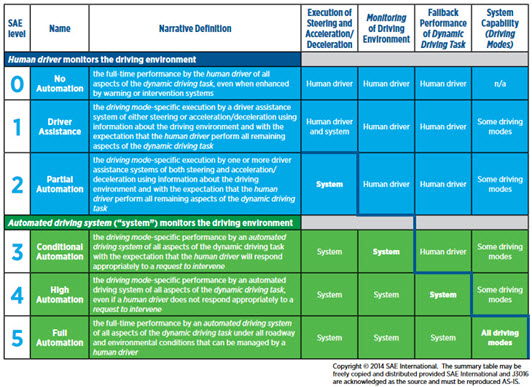Amethyst
Give me a museum and I'll fill it. (Picasso) Give me a forum ...
- Joined
- Dec 21, 2008
- Messages
- 12,689
True - I have two relatives with amblyopia ("lazy eye" - one eye has only peripheral vision) and they passed their driving tests at the usual age.
More - In my mid-20's, I lost most of my sense of smell (and taste) due to a virus which damaged my olfactory nerve. (At the time, I thought I just had a bad cold). The neurologist who diagnosed my trouble way back when, assured me that my brain would adapt to my new level of sensing, and he was right. To this day, I have only about 30% normal smell and taste; cannot detect ambient odors unless they are really strong; but if you blindfold me and give me a plate of food, I can tell a) what each food is and b) if it was made with good ingredients and was cooked properly.
More - In my mid-20's, I lost most of my sense of smell (and taste) due to a virus which damaged my olfactory nerve. (At the time, I thought I just had a bad cold). The neurologist who diagnosed my trouble way back when, assured me that my brain would adapt to my new level of sensing, and he was right. To this day, I have only about 30% normal smell and taste; cannot detect ambient odors unless they are really strong; but if you blindfold me and give me a plate of food, I can tell a) what each food is and b) if it was made with good ingredients and was cooked properly.
I mentioned stereoscopic computer vision earlier and the difficulty in using it. However, I forgot to bring up something else. That is, a human can learn to do well with just one eye.
Yes. Think about it. People who are blind in one eye do not stumble all over the place.
So, how do they do it? Part of it is from memory when they navigate familiar surroundings. Part of it is from cognitive reasoning. They know from experience how high a step is, how wide and long an object is, etc... Part of it is that the brain and its memory can determine the distance to objects when the line of vision changes. It's the same as having multiple eyes, but the brain combines the vision at one instant to that a second later but at a different viewpoint when one moves. That's how one can get the depth perception with one eye.
Similar to the combining of vision from different viewpoints is the SAR (Synthetic Aperture Radar). An aircraft looking down with a radar while flying can combine the images later to have an extremely fine view of the ground. It takes special equipment for this.
Anyway, while we are in awe of the digital computer, we should not forget to pat ourselves on the back for the awesome cognitive power of our brain.


